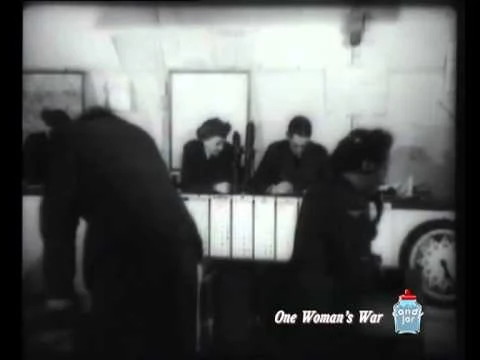"In the early years of flight, the tactics for aerial battle had not yet been understood. It was a new way of fighting and lessons had to be learned the hard way, with experience. A few pioneers had to develop the best tactics and write the rules. The most preeminent of these was Oswald Boelcke. One of his most successful protégés was the legendary Red Baron. Boelcke wrote the rules of successful aerial combat that influence the battlefield even today."
Oswald Boelcke PlM (19 May 1891 – 28 October 1916) was a World War I German professional soldier and pioneering
flying ace credited with 40 aerial victories. Boelcke is honored as the father of the German fighter air force, and is considered the "father of air combat". He was a very influential mentor, patrol leader, and
tactician in the first years of air combat, 1915 and 1916.
The
Dicta Boelcke is a list of fundamental aerial maneuvers of
aerial combat formulated by
First World War German
flying ace Oswald Boelcke. Equipped with one of the first fighter aircraft, Boelcke became Germany's foremost
flying ace during 1915 and 1916. Because of his success in aerial combat and analytic mind, he was tasked by Colonel
Hermann von der Lieth-Thomsen with writing a pamphlet on aerial tactics. Completed in June 1916, it was distributed throughout the German Army's Air Service (
Die Fliegertruppen des Deutschen Reiches), some two years before the French and British militaries followed suit with their own tactical guides. Air combat tactical manuals based on the Dicta Boelcke have become more elaborate over time, and have become a mainstay for
NATO's air combat training of American, German, Dutch, Norwegian, Turkish, Italian, and Greek fighter pilots.
1. Try to secure advantages before attacking. If possible, keep the sun behind you.
2. Always carry through an attack when you have started it.
3. Fire only at close range, and only when your opponent is properly in your sights.
4. Always keep your eye on your opponent, and never let yourself be deceived by ruses.
5. In any form of attack it is essential to assail your enemy from behind.
6. If your opponent dives on you, do not try to evade his onslaught, but fly to meet it.
7. When over the enemy's lines never forget your own line of retreat.
8. For the Staffel (squadron): Attack on principle in groups of four or six. When the fight breaks up into a series of single combats, take care that several do not go for the same opponent.



